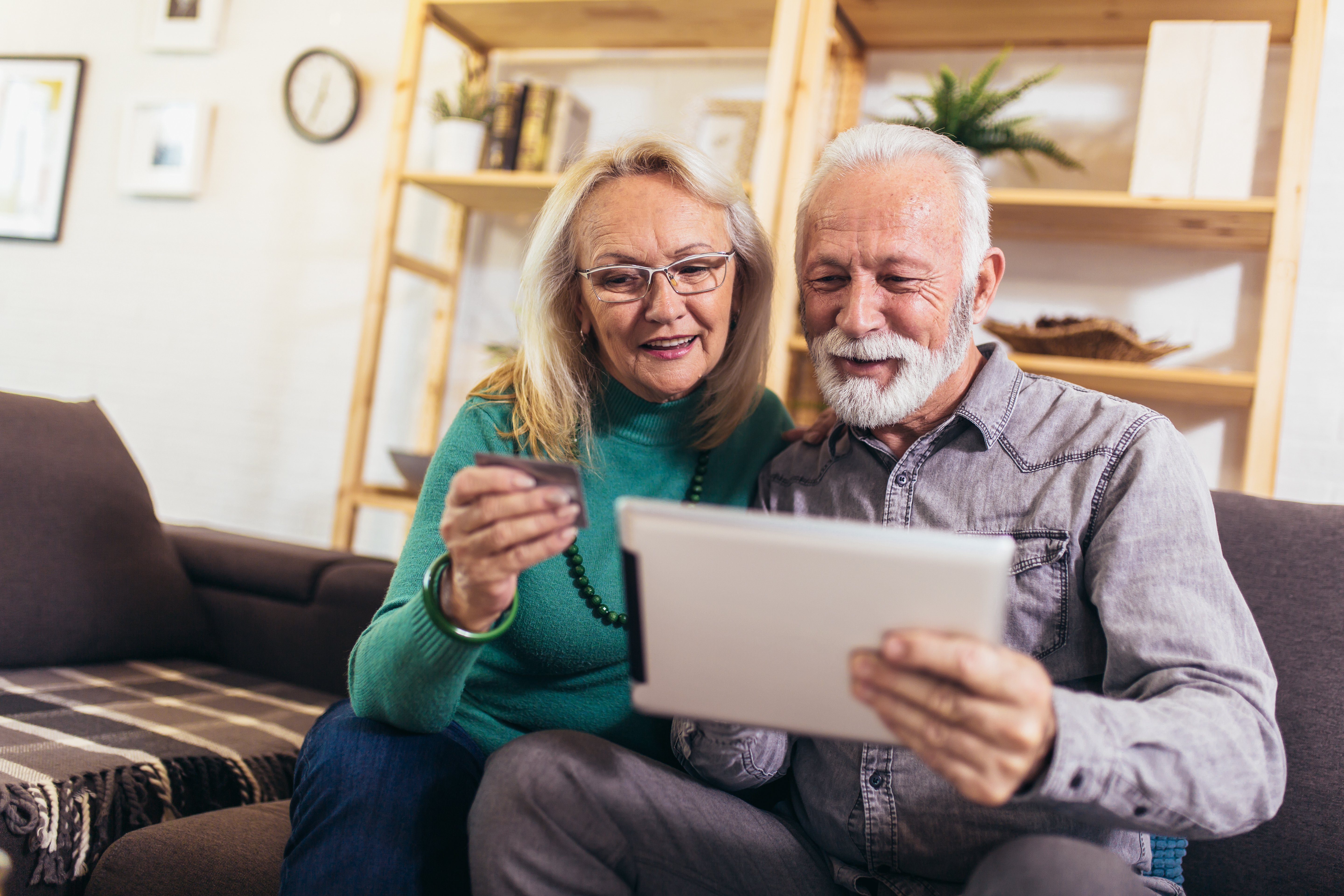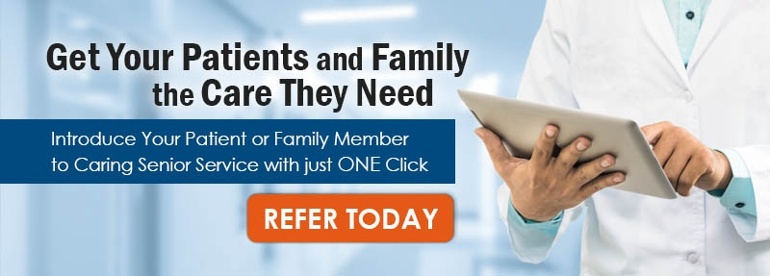Where is Rosey? Did you know that some of today’s seniors grew up watching a cartoon that had a robot that did everything? Thankfully the cartoon was set in 2062, so we have a few years go before we can be disappointed with where home technology is today. At Caring we get asked all the time, “What type of technology is out there for my mom that can help her age in place?” In the past we have done several posts on the subject and have several simple remedies.
The biggest challenge is that no one has been able to put all the senior care technology together in a simple, easy to use package that works without a tech team backing it up. There are smart watches, pill boxes, cameras, motion sensors, scales, blood pressure machines, and any number of other ‘connected’ devices. For voice commands there is Google Home, Amazon Echo and Apple HomePod that can control the lights, fans and tv’s of the house. Though all of these devices can ‘talk’ to each other, it can take an engineer to set them up, a computer programmer to get them to play nicely with each other, a data analyst to monitor them, and a technician to fix them when they inevitably stop working.
Don’t get me wrong, these programs, systems and devices are terrific and really can change someone’s life when they are working. We’ve helped many seniors with a variety of products, but these are the clients that are using our service, what about everyone else? Not every senior has a grandson next door or a family member that can come by to help set all this up and monitor that it works. Though it was comedy, Saturday night live did a skit on the challenges faced with technology and seniors - https://www.youtube.com/watch?v=YvT_gqs5ETk. Sure, many seniors can navigate technology, and a large number are using it to their advantage, but those are primarily seniors in their early aging years. Those that really need solutions are at an advanced age, have less experience with technology and have chronic conditions that can severely limit their abilities to access it. They can also have more hesitation to accepting these solutions.
Though they all don’t yet talk together, and it may take some engineering (without being an engineer) - products, programs and services that do exist can make it just a little easier to age in place. In coming posts, we will explore different solutions and walk through what is out there, how it can help and how you can get it working to help the challenges you may be facing yourself or as a family member dealing with long distance caregiving.
While there may not be the perfect solution yet, there are companies that are working on the problem. One company, K4Connect, is focused on bringing solutions to senior living communities, helping seniors and care professionals. They help set up home automation, like getting lights to come on using Alexa and connect devices to a system that tracks things like blood pressure, weight and sleep. They also combine engagement activities into the system so people will use the products more frequently. When this is combined together, it creates a system of information that can be monitored to help make changes or see trends so intervention can happen early before problems arise. Though this company is focused on senior living communities, hopefully they can bring this technology to homecare.
The idea is that bringing all these into one system can make aging in place manageable and getting assistance can be on request or based on perceived need. Maybe someone is noticing that over the last few weeks, the senior’s weight has dropped and the usage of the some of the usual programs has changed. While the senior may not report that they’ve been feeling poorly and have lost their appetite, these data points can allow for some intervention. Even if it’s just to call them up and ask a few questions. How have you been feeling? Have you been eating normally? It may just be that the senior wanted to lose a little weight and has been dieting. But by asking the questions because the data provided additional insight, now you can become a ‘cheerleader’ and help them proactively with their goal. Maybe share some weight loss tips, or help them with a weight loss program that maintains their nutrition but helps them lose a few pounds vs just skipping meals.
In our next article, we will share how to set up a house with a couple of Alexa echo dots and combine these with a couple of smart lights so a senior can ensure they have the ability to turn on a light in the bedroom or bathroom. Kind of like a modern-day Clapper®! Sure, it’s simple for some folks, but we will start small and build from there. Proper lighting is very important to avoid falls and it can be really easy to fall in the dark. Did you know that according to the CDC, every 11 seconds an older adult is treated in the emergency room for a fall and that every 19 minutes an older adult dies from a fall? Maybe our creation of a voice activated night light can help reduce that number.


